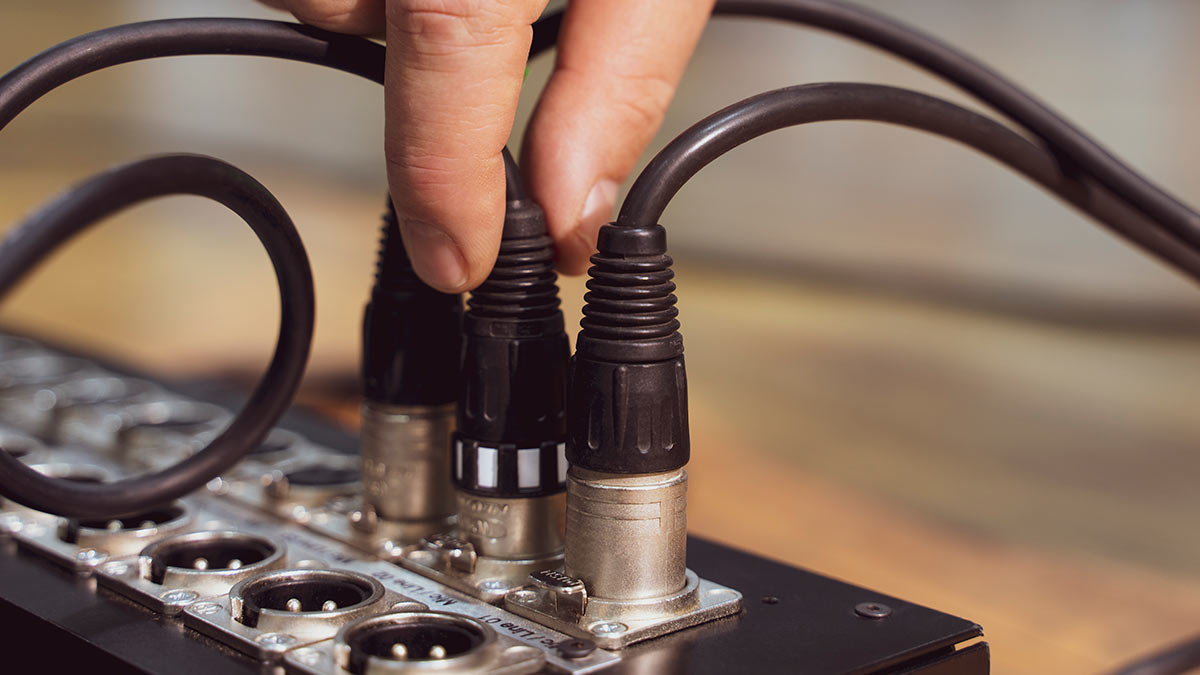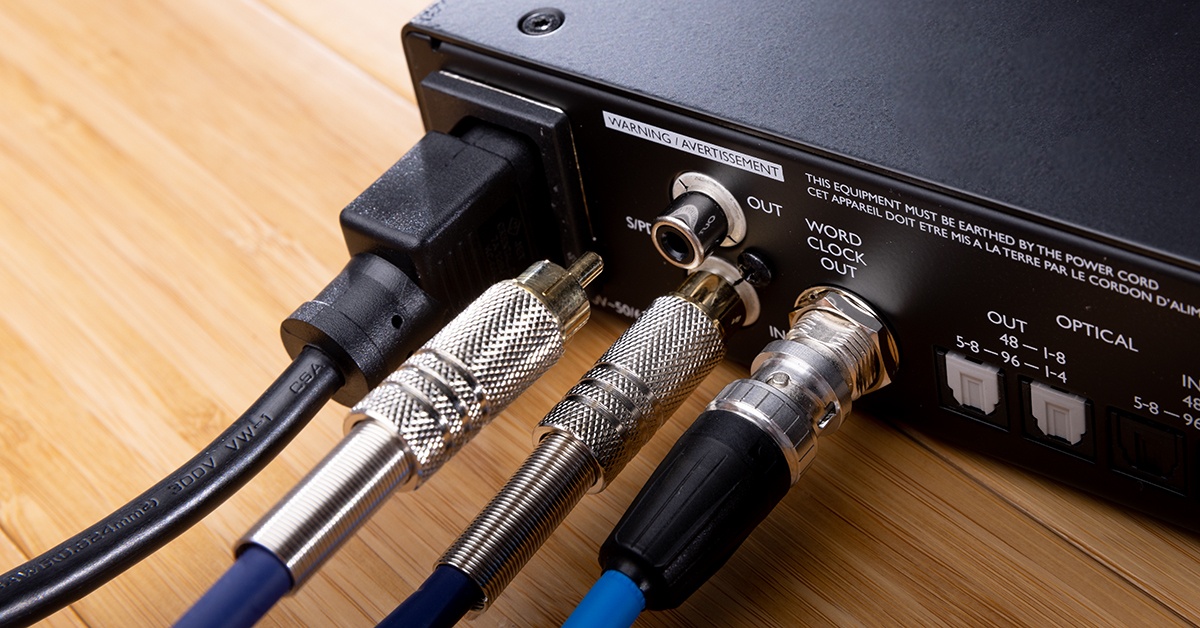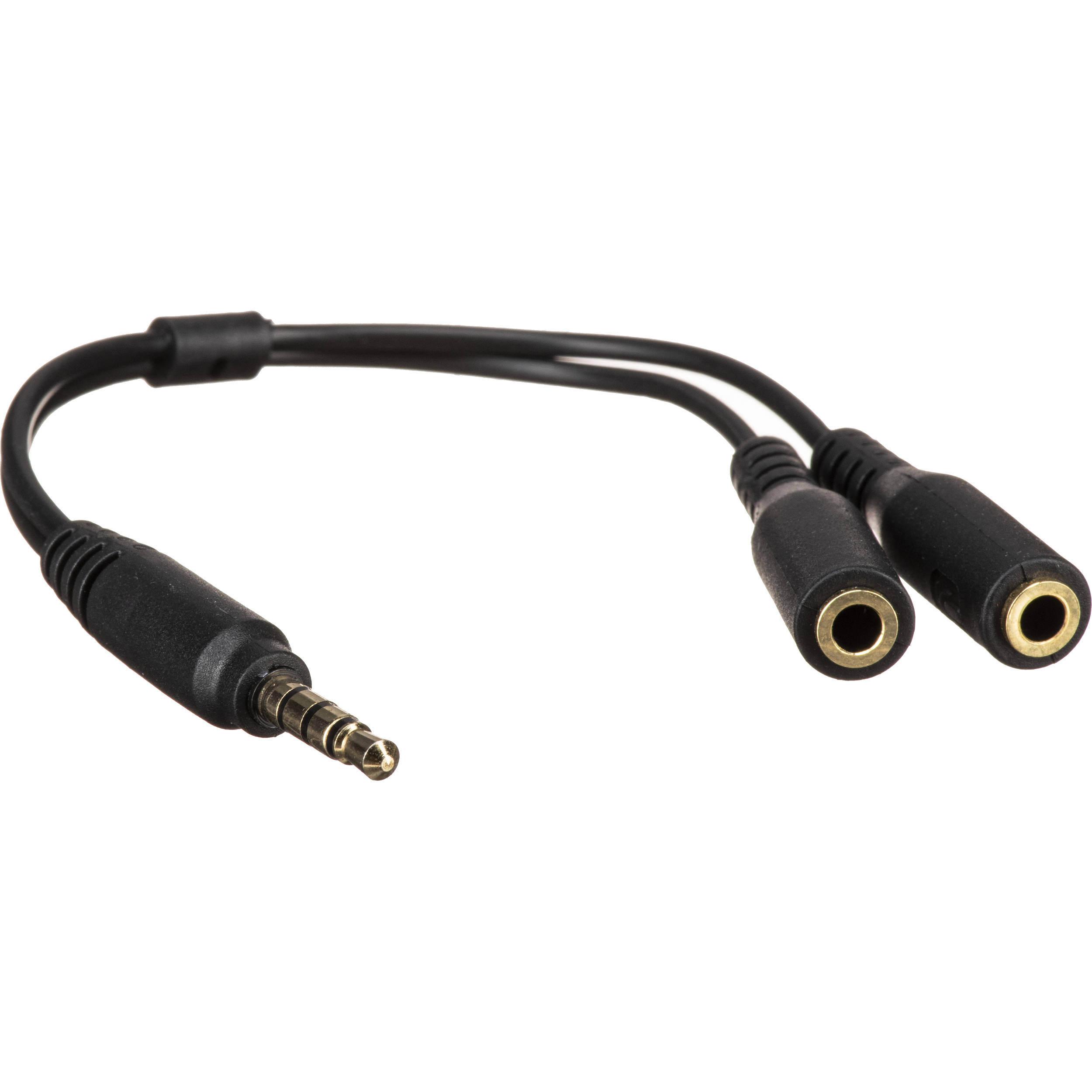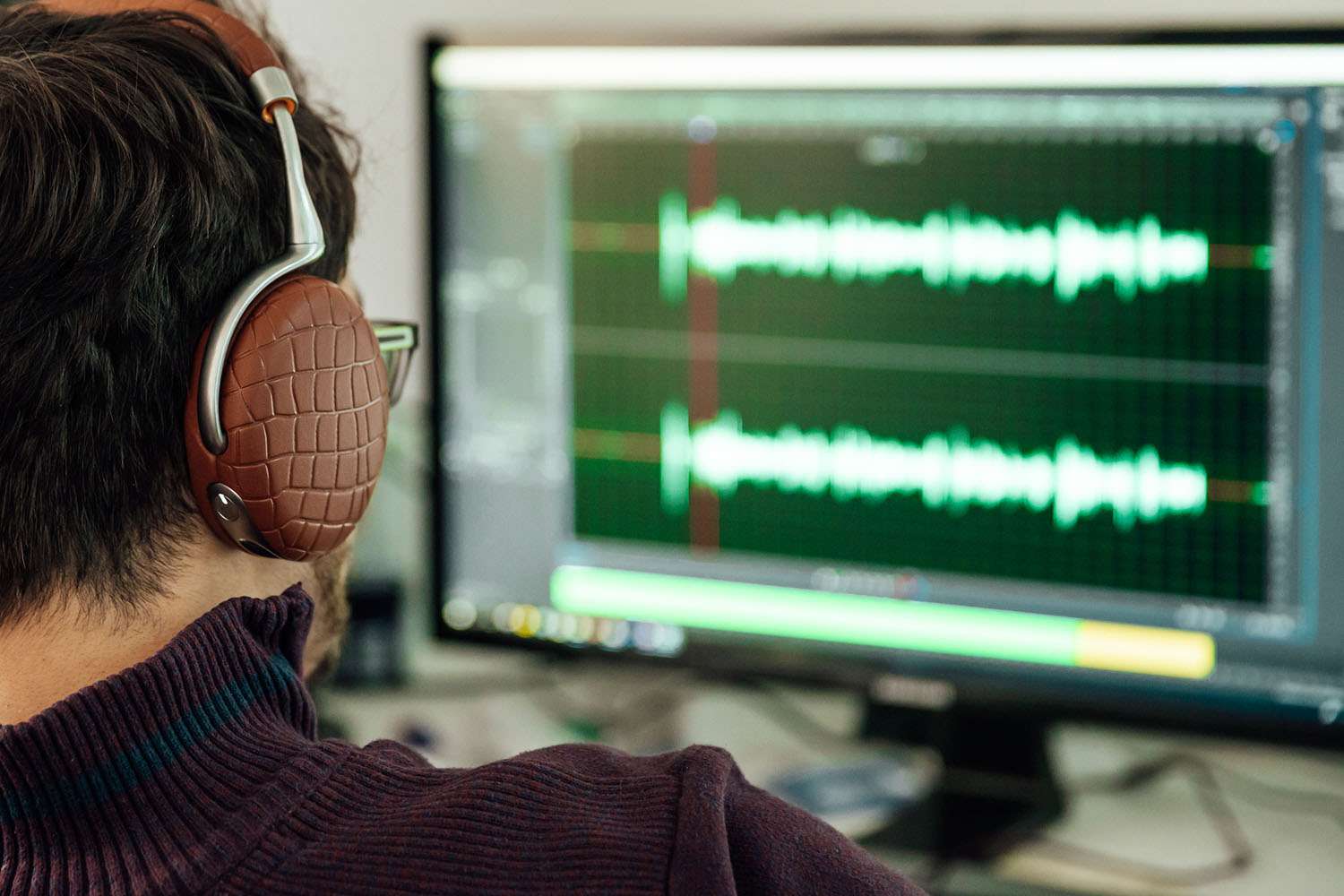Home>Production & Technology>Audio Cable>How To Setup Virtual Audio Cable Soundboard


Audio Cable
How To Setup Virtual Audio Cable Soundboard
Modified: January 22, 2024
Learn how to set up a virtual audio cable soundboard with our comprehensive guide. Enhance your audio experience with the versatility of an audio cable.
(Many of the links in this article redirect to a specific reviewed product. Your purchase of these products through affiliate links helps to generate commission for AudioLover.com, at no extra cost. Learn more)
Table of Contents
Introduction
Welcome to the world of virtual audio cables and soundboards! Whether you are a content creator, gamer, or simply a music enthusiast, setting up a virtual audio cable soundboard can greatly enhance your audio experience. Virtual audio cables allow you to route audio from one application to another, enabling you to create unique sound profiles and mix different audio sources together.
By setting up a virtual audio cable soundboard, you can play music, add sound effects, and even broadcast your voice, all with just a few clicks. This opens up a world of possibilities for creating immersive content, enhancing your gaming experience, or simply enjoying your favorite tunes with custom effects and adjustments.
In this tutorial, we will guide you through the process of setting up and configuring a virtual audio cable soundboard. We will discuss the necessary software, how to route audio effectively, and provide tips for testing and adjusting your soundboard for optimal results.
Before we get started, it is essential to note that there are various virtual audio cable software options available. For this tutorial, we will focus on Virtual Audio Cable, a popular and reliable choice that offers robust features and compatibility with different applications.
So, if you’re ready to take your audio experience to the next level, let’s dive into the world of virtual audio cables and create an amazing soundboard!
Step 1: Download and Install Virtual Audio Cable
To begin the process of setting up your virtual audio cable soundboard, you’ll need to download and install the Virtual Audio Cable software. Here’s how:
- Visit the official website of Virtual Audio Cable.
- Look for the download section on the website and click on the appropriate link to download the software.
- Once the download is complete, locate the downloaded file and double-click on it to start the installation process.
- Follow the on-screen instructions to complete the installation. Make sure to review and accept the license agreement if prompted.
- By default, Virtual Audio Cable installs two virtual audio devices: “Line 1” and “Line 2”. These are the virtual audio cable endpoints that will be used to route audio.
- After the installation is complete, you can customize the number of virtual audio devices and their names through the Virtual Audio Cable control panel, which can be accessed from the system tray icon.
It’s important to note that the trial version of Virtual Audio Cable has some limitations, such as occasional audio interruptions. If you find the software useful and want uninterrupted audio, consider purchasing a license for the full version.
Once you have Virtual Audio Cable installed on your system, you’re ready to move on to the next step: configuring the virtual audio cable.
Step 2: Configure Virtual Audio Cable
Now that you have installed Virtual Audio Cable on your system, it’s time to configure the virtual audio cable endpoints. This is an important step that will determine how your audio will be routed between applications. Follow these steps to configure Virtual Audio Cable:
- Open the Virtual Audio Cable control panel by right-clicking on the system tray icon and selecting “Control Panel”.
- In the control panel window, you will see a list of virtual audio devices (e.g., Line 1, Line 2). Each device represents an endpoint for audio routing.
- Click on the first virtual audio device (e.g., Line 1) and select “Properties”.
- In the properties window, you can customize various settings, such as the number of channels, sample rate, and buffer length. Keep in mind that these settings may vary depending on your specific requirements and the applications you will be using.
- Repeat the process for other virtual audio devices if needed.
- Once you have configured the virtual audio cable endpoints, click on the “OK” or “Apply” button to save the changes.
It’s important to note that the configuration settings will depend on your desired audio setup. For example, if you want to route audio from one application to another, you will need to set the output of the first application to one virtual audio device and the input of the second application to the corresponding virtual audio device.
Take some time to explore the Virtual Audio Cable control panel and experiment with different settings to achieve your desired audio routing configuration. Remember to save your changes after making any adjustments.
Now that you have successfully configured Virtual Audio Cable, you are ready to move on to the next step: setting up the soundboard software.
Step 3: Set Up the Soundboard Software
With Virtual Audio Cable configured, it’s time to set up the soundboard software that will allow you to play and mix audio sources. Here’s how to get started:
- Choose a soundboard software that suits your needs. There are several options available, both free and paid, such as Voicemeeter, Soundboard Studio, or Farrago.
- Download and install the soundboard software of your choice from the official website. Follow the installation instructions provided by the software developer.
- Once the installation is complete, open the soundboard software. You should see a graphical user interface (GUI) with different options and tools.
- Familiarize yourself with the software’s features and settings. Each soundboard software may have a slightly different interface, but the basic functionality remains the same.
- Configure the soundboard software to use the virtual audio cable endpoints you set up earlier. This will ensure that the audio played through the soundboard is routed correctly.
- Depending on the software, you may need to specify the input and output devices. Select the appropriate virtual audio cable endpoint as the soundboard’s output device.
- Explore the soundboard software’s options for creating and organizing audio elements (e.g., sound effects, music tracks) into different categories or folders.
- Configure any additional settings, such as hotkeys or keyboard shortcuts, to trigger specific sounds or control the soundboard’s behavior.
Setting up the soundboard software may require some experimentation and fine-tuning to achieve the desired results. Don’t be afraid to explore the software’s features and customize it to your liking.
Once you have completed the setup of the soundboard software, you are ready to move on to the next step: routing audio to Virtual Audio Cable.
Step 4: Route Audio to Virtual Audio Cable
Now that you have set up your soundboard software, it’s time to route audio to Virtual Audio Cable. By doing this, you can ensure that the audio from different sources, such as music players, voice chat applications, or game sound effects, can be mixed and played through your soundboard. Follow these steps to route audio:
- Open the applications or sources that you want to route audio from. For example, if you want to play music through your soundboard, open your preferred music player.
- Access the audio settings or preferences of each application or source. Look for an option to select the audio output device.
- Select the corresponding virtual audio cable endpoint as the audio output device for each application or source. This will direct the audio to Virtual Audio Cable.
- Repeat this process for all the applications or sources that you want to route audio from.
- Open the soundboard software and begin using it to play and mix your audio sources. Each sound or audio element played through the soundboard will now be routed through Virtual Audio Cable.
It’s important to note that the process of routing audio may vary slightly depending on the software or application you are using. Some applications have built-in audio routing features, while others may require additional plugins or extensions. Consult the documentation or support resources for the specific software or application if you encounter any difficulties in routing audio.
Now that you have successfully routed audio to Virtual Audio Cable, you are ready to move on to the final step: testing and adjusting your soundboard.
Step 5: Test and Adjust the Soundboard
After setting up and routing audio to your soundboard, it’s crucial to test and make any necessary adjustments to ensure optimal performance and audio quality. Here’s how you can test and adjust your soundboard:
- Play different audio elements through the soundboard to verify that they are being routed correctly. For example, trigger sound effects, play music tracks, or test your microphone input if applicable.
- Check the volume levels of each audio source and adjust them as needed. You want to ensure that no audio source is overpowering or too quiet in the overall mix. Use the soundboard software’s volume sliders or the volume controls in the respective applications to make these adjustments.
- Experiment with different soundboard settings and effects, such as equalization (EQ), reverb, or compression, to achieve the desired audio output. These settings can add depth, clarity, or character to your soundboard’s sound.
- Test the responsiveness and accuracy of any hotkeys or keyboard shortcuts you have set up to trigger specific sounds or control the soundboard. Make sure they function as intended and are easy to use during your audio playback.
- Get feedback from others or test your soundboard setup by recording a sample session or streaming it live. This allows you to assess the audio quality and make any necessary adjustments or improvements.
- Continuously fine-tune and refine your soundboard setup as you become more familiar with its capabilities and the needs of your specific audio projects. Regularly revisit the soundboard software settings and audio source configurations to ensure they align with your evolving requirements.
Remember, finding the perfect balance and achieving your desired audio mix might take some trial and error. Take the time to experiment and explore the different features and options available within your soundboard software to truly customize your audio experience.
Once you are satisfied with the performance of your soundboard and have made any necessary adjustments, you are now ready to immerse yourself in the world of creative and engaging audio content!
Conclusion
Setting up a virtual audio cable soundboard can truly enhance your audio experience, whether you’re a content creator, gamer, or music enthusiast. Through the use of virtual audio cables and soundboard software, you can create unique sound profiles, mix audio sources, and add a new layer of creativity to your projects.
In this tutorial, we walked through the essential steps to set up a virtual audio cable soundboard. We started by downloading and installing Virtual Audio Cable, a reliable software solution for routing audio between applications. Then, we moved on to configuring the virtual audio cable endpoints, ensuring that the audio would be routed correctly.
Next, we set up the soundboard software of your choice, exploring its features and options for organizing and playing audio elements. We learned how to customize settings, such as input and output devices, and how to create a streamlined workflow for your soundboard.
After that, we discussed the process of routing audio to Virtual Audio Cable, allowing your soundboard to receive audio from various applications or sources. We learned how to select the appropriate virtual audio cable endpoint for each application, ensuring that all audio sources are seamlessly integrated into your soundboard.
Finally, we emphasized the importance of testing and adjusting your soundboard. By playing different audio elements, adjusting volume levels, and experimenting with effects and settings, you can fine-tune your soundboard to achieve the best audio quality and balance. Regularly testing and refining your setup ensures that your soundboard is always optimized for the desired audio experience.
Now that you have completed the setup, we encourage you to explore the endless possibilities of your virtual audio cable soundboard. Whether you’re creating engaging content, enhancing your gaming experience, or simply enjoying music with custom effects, your soundboard is sure to take your audio journey to new heights.
So, embrace your creativity, experiment with different audio sources and effects, and let your virtual audio cable soundboard become your ultimate tool for immersive and captivating sound!











